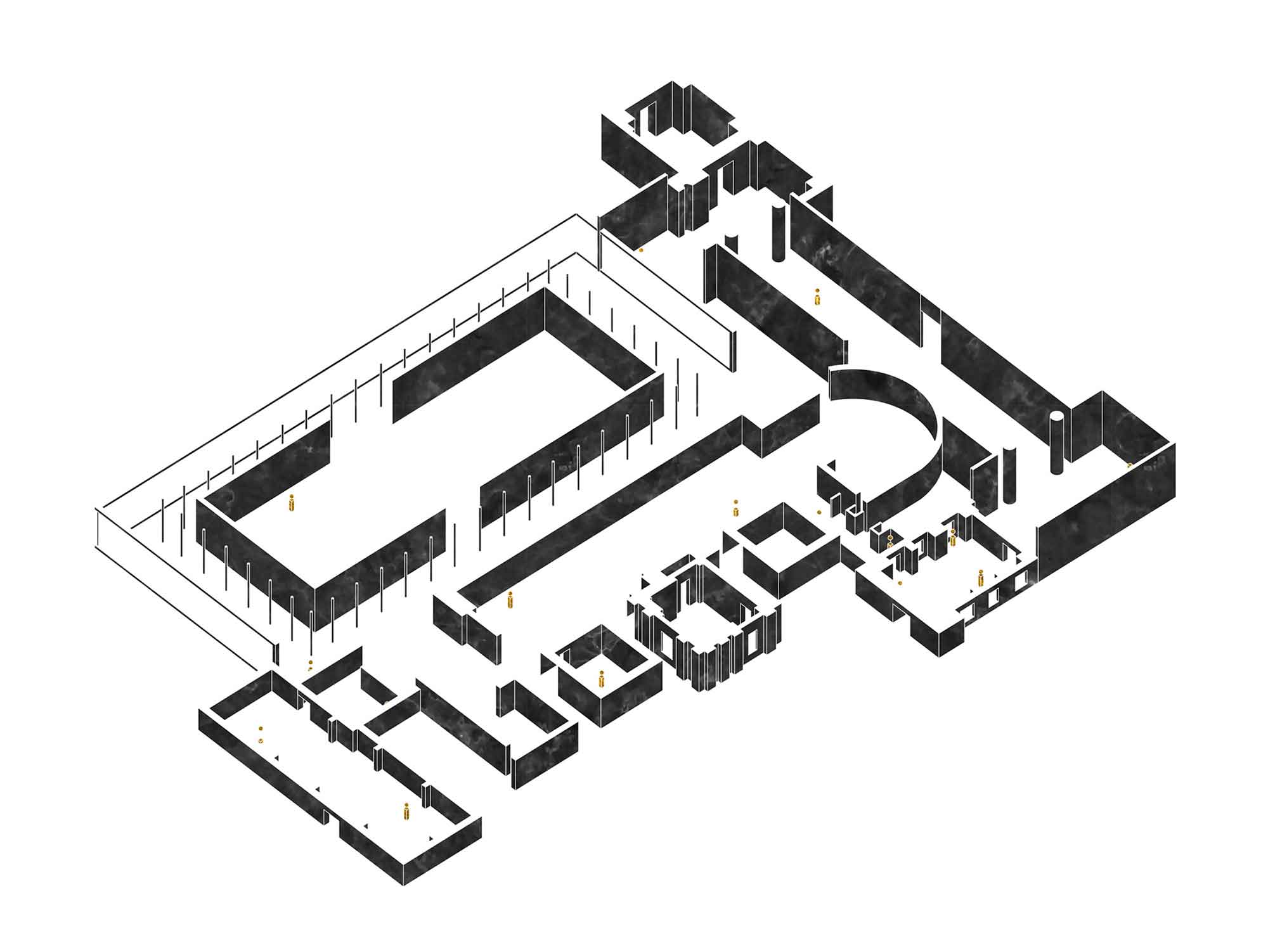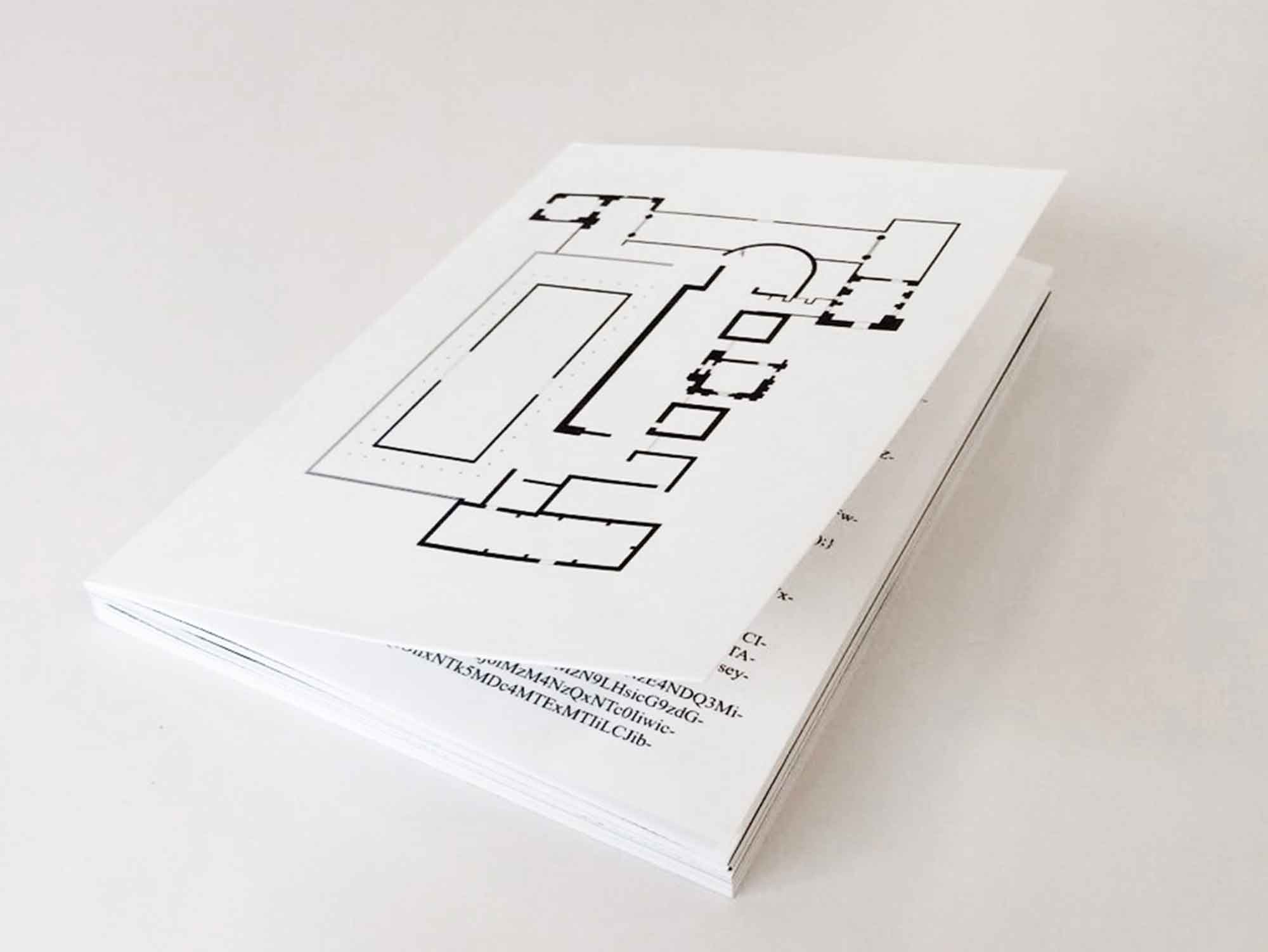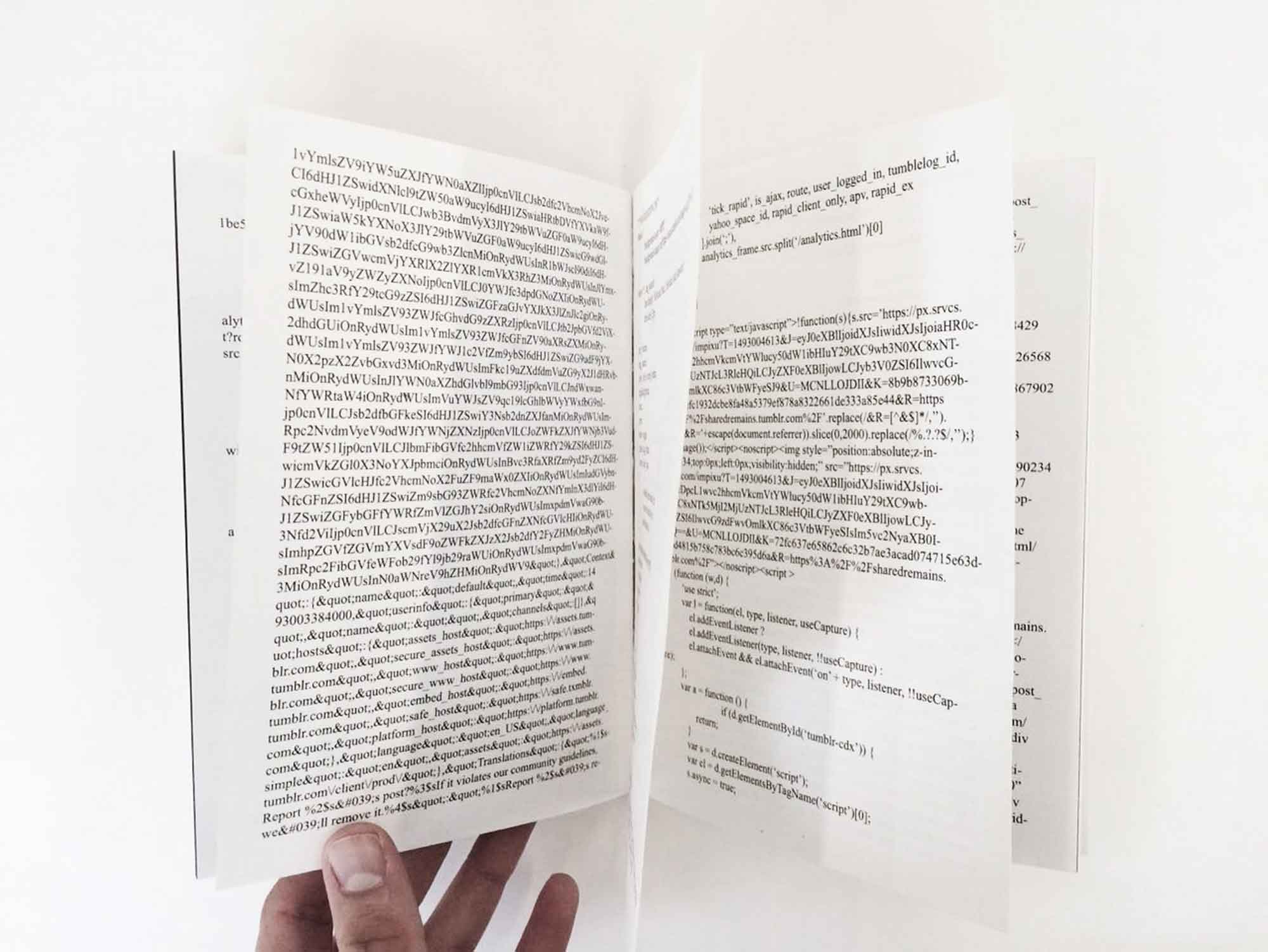



David Harvey has observed that despite the increased deterritorialization of culture and ethnicity, identities that have an attachment to places resist the pressures of globalization, and indeed their elaboration ‘has become more, rather than less important in a world of diminishing spatial barriers to exchange movement and communication’.
The project looks at the Parthenon sculptures as a shared cultural object, dispersed among 8 European institutions. The particular case of the Parthenon sculptures, raises issues of identity, ownership, heritage, nationality, that are reflected on the structure and the development of the project. Fragments of the Parthenon can be found in Athens, Copenhagen, Würzburg, Rome, Vienna, Munich and Paris, which altogether constitute a ‘dismembered entity’; a term that encompasses the contradiction of completeness and fragmentation that also characterizes the project. The dissipation of the fragments among a heterogeneous landscape indicates an ontological transformation about the state of the cultural object, which does not imply culture as a ‘self-contained, bounded and unified construct’, but as a hybrid one. Their physical location – within Europe, and indeed, within the European Union – is significant in this sense, because it is precisely this idea of the shared ground, and consequently, of the shared cultural identity and of a common heritage, that constitutes and maintains the dispersal of the fragments. Starting from an account of the displaced cultural object, the project is telling a story about people and their situatedness in terms of the cultural processes that stem from an identity that they share.
Mariza Daouti (b.1991, Greece) holds a Diploma in Architecture from the National Technical University of Athens and an MA in Architectural History (Distinction) from the Bartlett School of Architecture, UCL during which time she developed the project ‘Shared Remains’ for the module “Theorising practices/practising theory: architecture, art and urbanism”.
Her projects investigate aspects of architectural theory by contesting issues of identity, place and politics. By employing unconventional tools and media to perform unprecedented and multiple meanings, the projects aim to resist the limits of the discipline and allow space for diverse engagements.
Mariza has worked as an architect in Athens, Nicosia and Barcelona and is currently based in London. Besides her experience in architectural practices, Mariza worked as the lead editor for the Greek architectural online magazine Archisearch during 2017-2018, while she has been an editor and researcher for Non Architecture since 2018.
By constructing a spatial response as a sonic environment which lives in digital space, site-writing becomes an open-ended dialogue that enables the simultaneity of the intersecting meanings stemming from the account of the dispersed cultural object and the utterances of the ‘displaced’ people, to create a space of unity and co-existence.
Oliver Laric, Yuanmingyuan 3D, 2014, KODE Art Museums of Bergen Norway
Hito Steyerl, ‘Is the museum a battlefield?’, lecture at the 13th Istanbul Biennial, 2014
Lito Kattou, Battlespot 1, HD video, 2016






































































